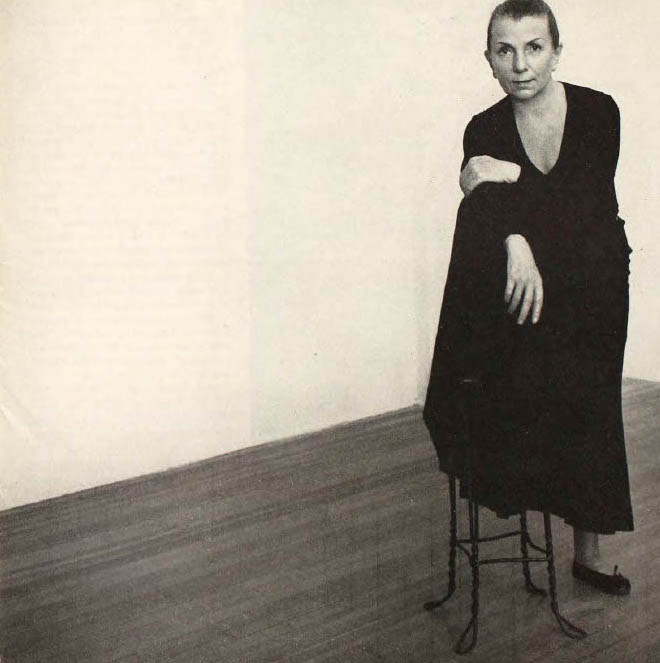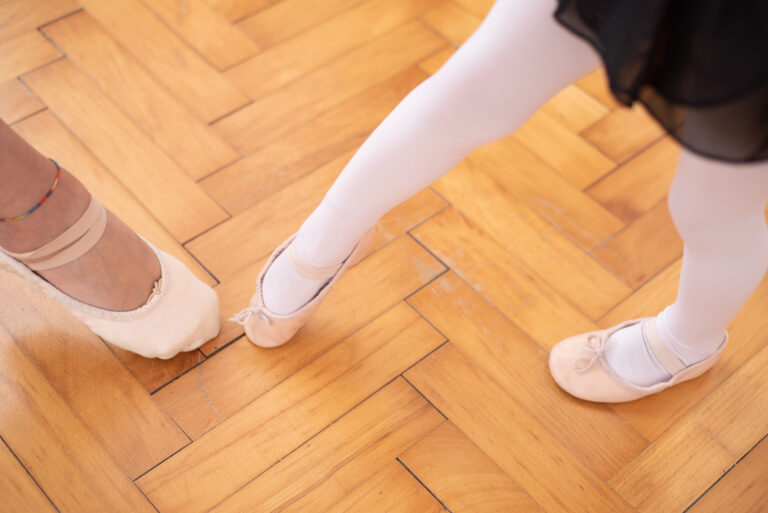
Even before 19th century Italian ballerina Pierina Legnani first performed the feat of 32 consecutive fouettés, dancers have known that “spotting”—or whipping the head quickly around during a turn so that the eyes remain focused in the same location—is an essential part of multiple turns.
Spotting keeps a dancer from becoming dizzy during pirouettes, and it also gives turns a certain aesthetic sharpness. Dancers use spotting as a way to balance themselves and keep track of where the body is in space. Most dancers learn to spot when they first learn to execute pirouettes, but there are a few specific points that can improve even an advanced dancer’s spotting technique. Here are some tips from the experts to help you teach better turns.
Focus
Vaganova-trained choreographer and teacher Nikolai Kabaniaev stresses that students should focus their eyes when spotting, picking an object on which to concentrate and coming back to it during each revolution. “The entire time, students should really see what is in front of them,” he says. Teaching your students to maintain a specific focus will help them orient themselves and improve balance.
Many dancers like to spot their own image in the mirror, but they should be reminded that during a performance, they will need to find other objects on which to focus. It’s helpful to have your students practice by picking out specific items to spot, even when working in a mirrored classroom.
Maintain Alignment
According to Dr. Kenneth Laws, professor emeritus of physics at Dickinson College and author of Physics and the Art of Dance, many dancers misguidedly believe that spotting provides the impetus for turning. However, even though it may feel as though whipping the head around one last time helps eke out a final rotation, it is not physically possible for spotting to create enough force for an extra turn.
“In a correct pirouette, you don’t move your head from the axis of rotation,” Laws explains. “And there’s not much you can do to change the rotational momentum or speed with just your head, if it’s properly aligned.” Although students should relax their necks during a turn so that they have the maximum range of motion from side to side, allowing the head to dip and swoop does not add any momentum to the turn. It’s important to correct students who try to “nod” their way into one last pirouette.
Jorge Esquivel, former principal dancer with the Ballet Nacional de Cuba and now a teacher at San Francisco Ballet School, tells dancers to choose a focal point that keeps the eyes high, so that the neck is lengthened and straight. If the eyes are cast slightly downward, he says, the head has a tendency to droop forward slightly, throwing off the axis of rotation.
Let the Spot Lead
Esquivel explains that most students do not allow the spot to “lead” the turn; they tend to leave the head behind too long at the start of each revolution. “The turn of the head must not be delayed,” he emphasizes. “There must be a strong accent of the head, an attack. Get your dancers to find the spot fast!” If the head stays too long before whipping around, as Esquivel shows by leaving his head until his chin is nearly in line with his shoulder, the neck muscles begin to pull the head back slightly. By attacking the spot, the dancer can more easily keep her vertebrae in line.
If a student’s spot seems slow, Kabaniaev suggests the following exercise: Have the student stand on two feet with the arms in front as if she were executing a pirouette. Then ask her to perform three or four turns by taking small steps, concentrating solely on the technique of spotting as she does so, to build correct muscle memory. “You can start with a slower speed and then go faster as the coordination improves,” says Kabaniaev.
Keep the Rhythm
“It is important for students to use the spot to keep the rhythm of the turn,” Esquivel says. Have your students coordinate their spots with musical beats, if possible, so that their turns begin and end in time with the music.
Esquivel advises teachers to help students choose the pacing of the spot to suit the number of pirouettes. “The spot for one or two pirouettes is very different from the spot for five or six pirouettes,” he says. “It varies from student to student, but the dancer must know beforehand the right rhythm and the exact amount of force needed to fit either the slower pirouette or the faster pirouette.” Helping your students find that perfect amount of force will allow them to execute multiple turns cleanly and musically.



